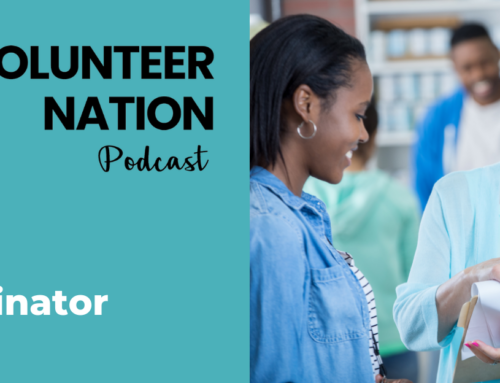 3 Proven Nonprofit Strategies You Need to Know to Increase Impact
3 Proven Nonprofit Strategies You Need to Know to Increase Impact
Melinda Gates’ talk on TED makes some interesting connections between how Coca Cola reaches those in the developing world and how nonprofits can similarly connect with people in need. But can it work? Can for-profit models, especially those with a budget like Coca-Cola, make sense as nonprofit strategies? Check it out on TED.
Gates Highlights Three Things that Make Sense as Nonprofit Strategies
When you travel, no matter how remote your final destination, Coke seems to be everywhere. Which begs the question- how does Coke make its way to these faraway places? Gates noticed this during one of her trips to the developing world, and so she decided that she would study Coke and find a way to apply the lessons to social good.
Read on for three key takeaways from Gates’ study.
Coke Analyzes Real-time Data
One thing Coke does well is analyzing its sales trends and data in real-time. This feedback loops immediately back into their product and measures their progress as they go. In nonprofits, evaluation of data typically comes at the end of a project, or the end of their fiscal year as they prepare to show their impact to their supporters. Nonprofits can learn from Coke and make a plan to analyze their data as they go. This strategy will work to boost program impacts, as nonprofits will keep abreast of trends in their service areas and meet their community where they are needed.
Coke Deploys Local Entrepreneurial Talent
Coca-Cola has found a way to employ locals in nearly every area of the world, which helps their brand reach an expanded audience that they wouldn’t otherwise reach. Nonprofit strategies should include a plan for leadership to keep abreast of local trends in their areas of service. Also, they need a plan to engage locals as employees, volunteers, donors, partners, etc. Locals know how to reach their neighbors; thus, can help your nonprofit expand its service base.
Coke Uses Aspirational and Localized Marketing
People who want Coca-Cola associate the product with the life they want to live. This means that Coke creates localized and aspirational marketing campaigns that speak to each communities ideals and values. On the other hand, nonprofit marketing strategies focus on avoidance- not aspiration. For example, wash your hands, avoid illness. Nonprofit marketing teams need to listen to what people in the community you serve want, and market to that desire. Also, stop focusing on doom and gloom! Yes, your nonprofit is solving critical issues plaguing our world; however, by creating a space for celebration and unity in your marketing campaign, more people will be drawn to support your work.
Share your thoughts
What do you think? Can nonprofits learn anything from Coca-Cola and the corporate world? Would these strategies be successful outside the clinical healthcare or global development sectors? If so, do we have enough resources to implement them? Or, how can we scale them to something that’s doable locally? Finally, can strategies like these be used to generate additional resources, such as volunteers or in-kind support, when funding is limited?







Leave A Comment